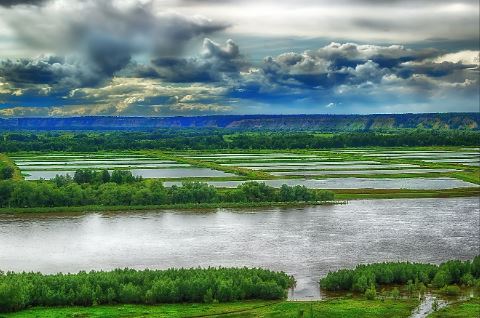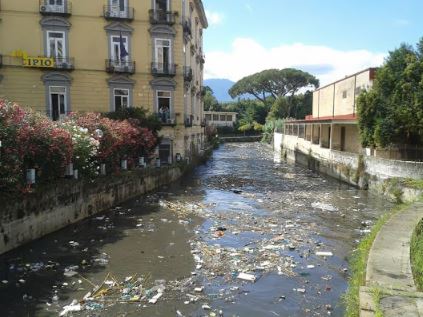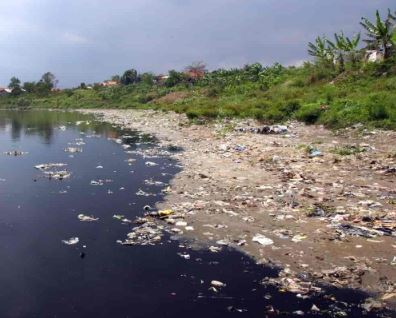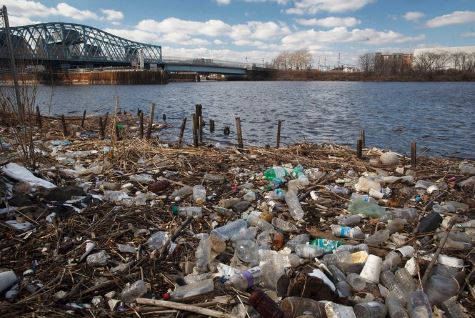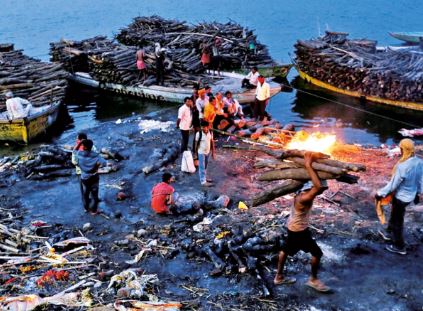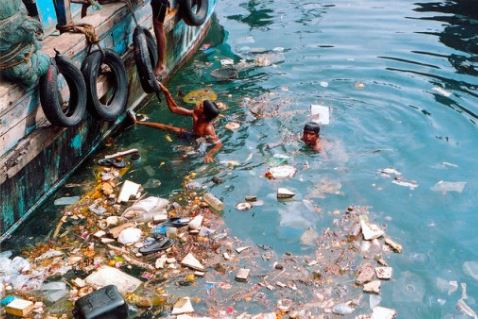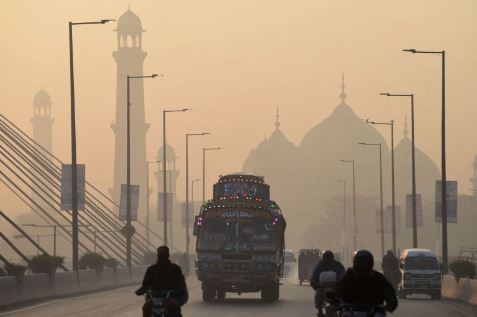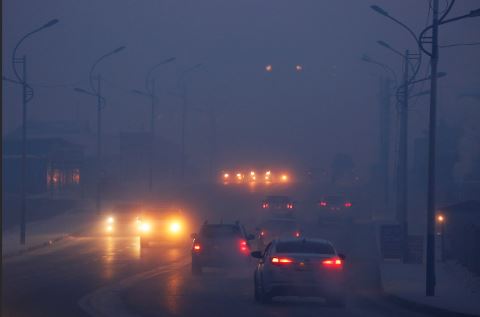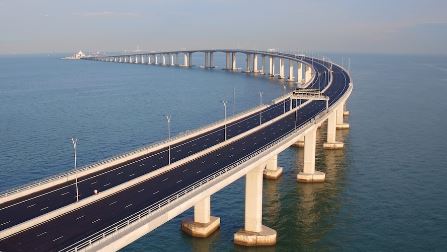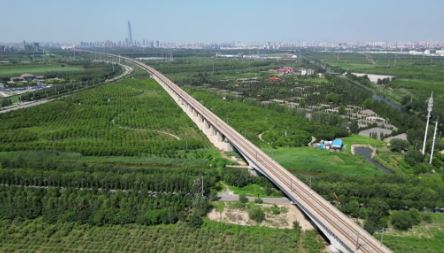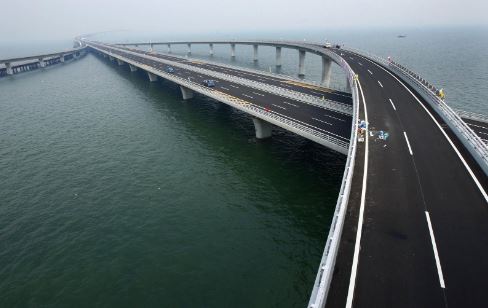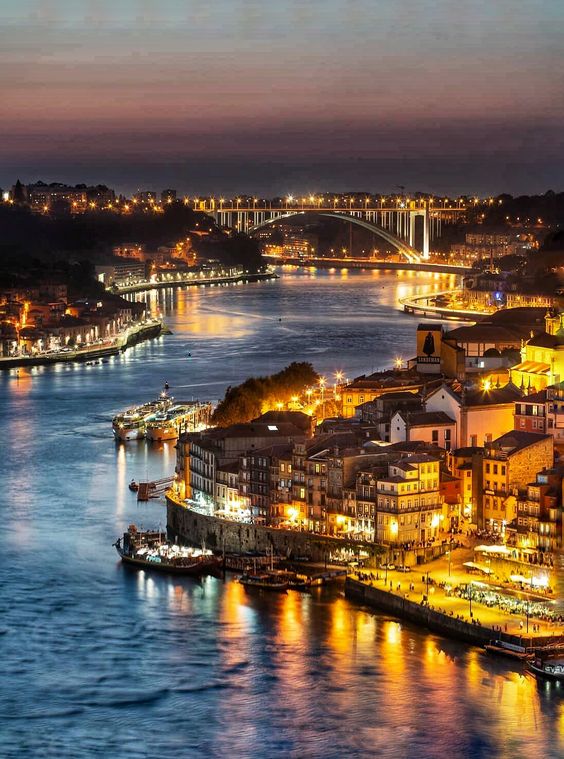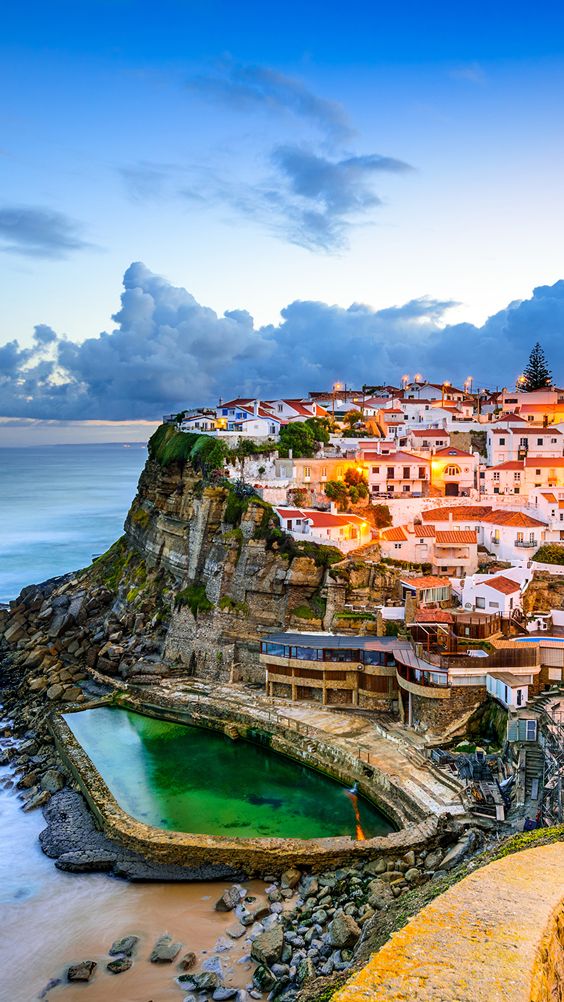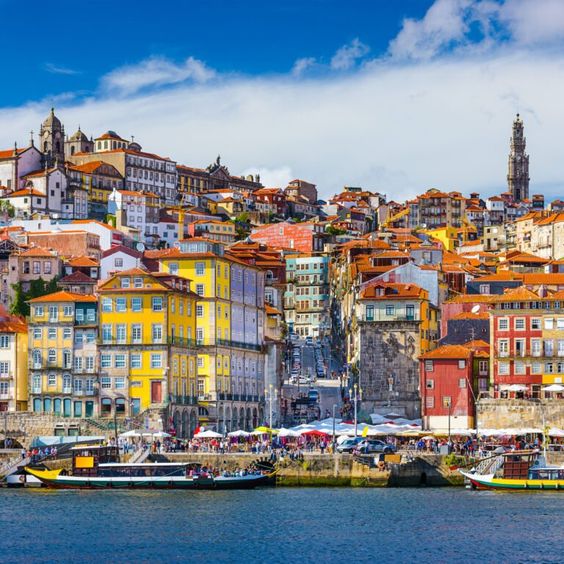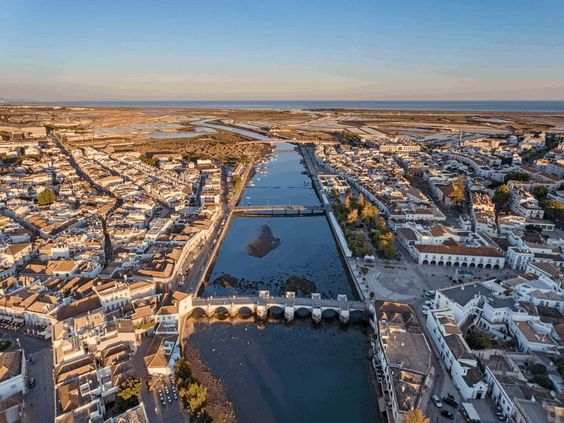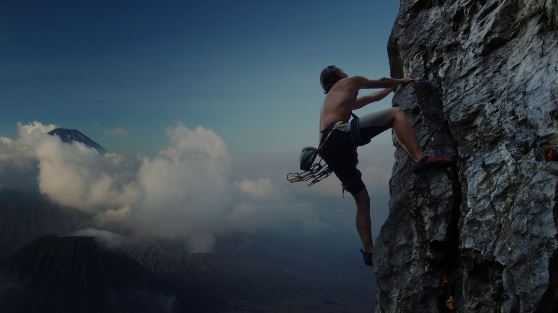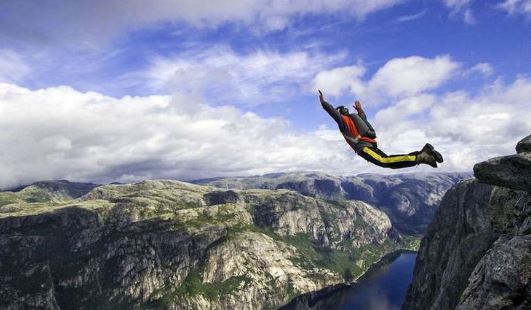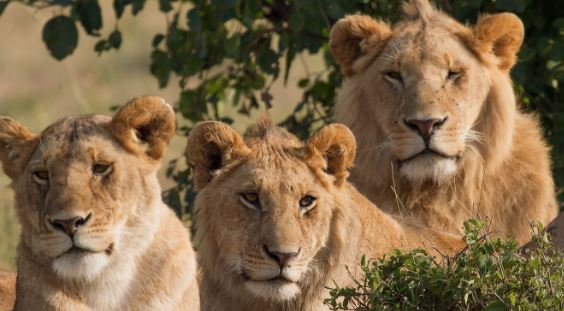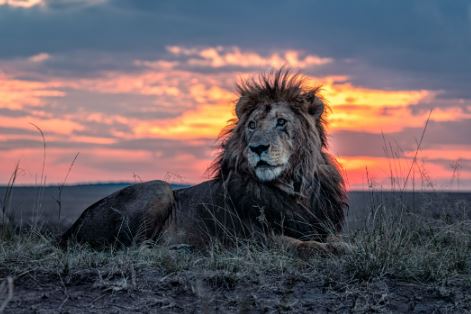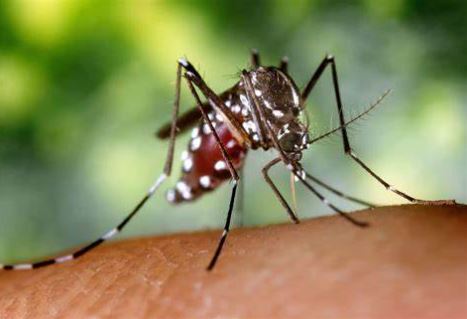1. Nile River: 4,135 miles, located in Northern East Africa
At 4,135 miles long, the Nile River is the longest river in both Africa and the world. Its ancient waters, located in Northern East Africa, have supported civilizations for countless years. The Nile drains into the Mediterranean Sea after passing through eleven nations, including Egypt and Sudan, where it rises from Lake Victoria. This famous river has been essential in forming the history of the area, promoting trade and agriculture, and maintaining a variety of habitats. The natural occurrence of the Nile floods every year has been essential to agriculture and the development of ancient Egyptian civilizations. The Nile, which symbolizes the historical and cultural diversity of the African continent, is still a lifeline for millions of people today.
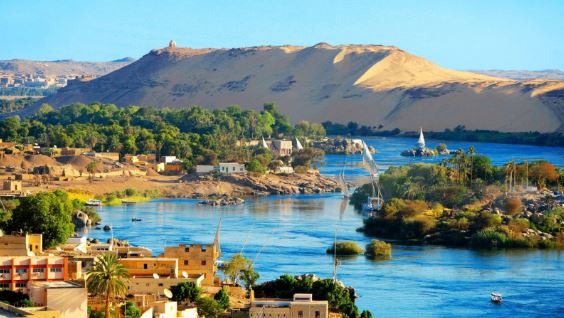
2. Amazon: 3,980 miles, located in South America
With a staggering 3,980 miles of length, the Amazon River is the second-longest river in the world and a key component of South America. It rises in Peru’s Andes Mountains and flows through Brazil, Colombia, and a number of other nations before meeting the Atlantic Ocean in the form of a sizable delta. The Amazon rainforest, which it passes through, is the largest on Earth and is renowned for its unmatched biodiversity. It is home to an astounding variety of plant and animal species, as well as an estimated 390 billion unique trees. The Amazon is essential to maintaining the stability of the global climate because it acts as a carbon sink and an ecological regulator. Its waters provide a rare window into the wonders of nature while also supporting indigenous populations.
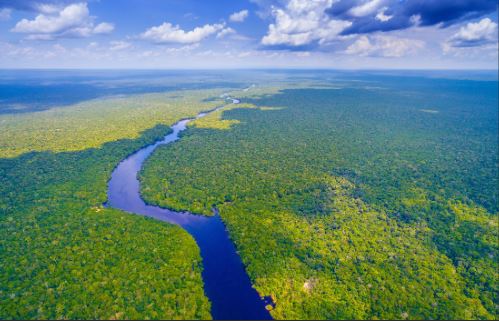
3. Yangtze River: 3,917 miles, located in China
The Yangtze River, extending across an impressive 3,917 miles, proudly claims its place as the longest river in Asia and the third-longest globally. Flowing exclusively within the borders of China, this mighty watercourse originates from the Tibetan Plateau, winding its way through diverse landscapes, including the picturesque Three Gorges region, before emptying into the East China Sea. The Yangtze is not merely a geographical marvel; it is deeply ingrained in China’s history and culture, serving as a vital transportation route, a source of sustenance for millions, and a witness to centuries of civilization. Today, it remains a symbol of China’s economic development and environmental challenges, reflecting the nation’s dynamic past and present.
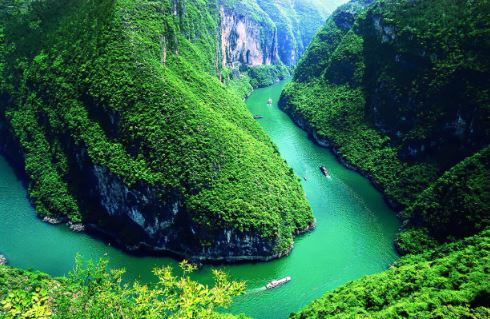
4. Mississippi-Missouri River: 3,870 miles, located in the USA
The Mississippi-Missouri River System is the longest river system in North America, spanning a total distance of 3,870 miles. The Mississippi River rises in Minnesota at Lake Itasca and runs south to join the Missouri River in Missouri. Before it reaches the Gulf of Mexico, this strong union shapes the country’s heartland by wending its way through a variety of landforms. For native cultures, explorers, and colonists, the river system has been a lifeline that has promoted trade and cultivation. Its watershed has a wide variety of ecosystems, ranging from wetlands in the south to forests in the north. The Mississippi-Missouri River System is still an important conduit for transportation, a biological gold mine, and a representation of the physical and historical fabric of the United States.
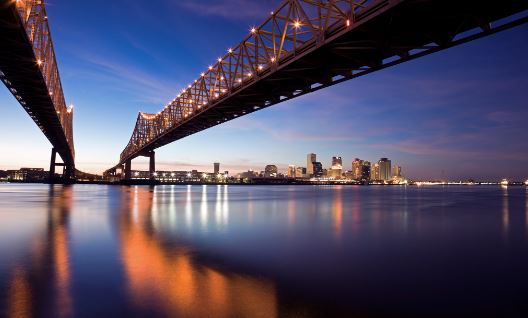
5. Ob-Irtysh: 3,434 miles, located in Russia
One of the world’s longest river systems, the Ob-Irtysh is 3,434 miles long and is located fully within the huge territory of Russia. It originates in western Siberia from the confluence of the Irtysh and Ob rivers. It travels north across the vast Russian taiga and tundra before draining into the Arctic Ocean. This river is vital to the Siberian landscape because it supplies vital water resources and fosters a variety of ecosystems. The Ob-Irtysh is a historically significant trade route that connects remote areas of Russia. Its path captures the majesty of the natural world that is Siberia, with its wide plains, boreal forests, and harsh Arctic climate that define this far north.
